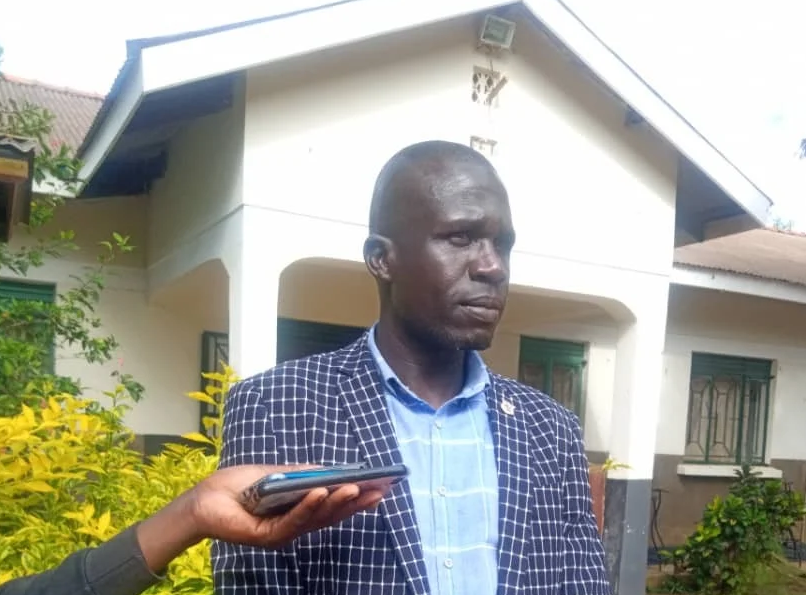Idle Multi-Billion-Shillings Value Addition Facility in Arua City Raises Concerns
In a concerning turn of events, the multi-billion-shilling value addition facility in Arua City, commissioned by President Yoweri Kaguta Museveni in October 2020, has remained dormant for close to three years.
The facility, located in Chongaloya cell, Awindiri ward, was a key component of the Arua main market project under the Market and Agriculture Trade Improvement [MATIP-II] program. Its primary purpose was to empower farmers in the West Nile region to add value to their cereals and sell them at higher prices, thus moving away from the practice of selling raw products at significantly lower costs.
The facility was designed to cater to the needs of local farmers by offering modern machinery for processing and packaging finished products. Equipped with machines capable of packaging products for sale within the main market and for export, the facility held immense potential for economic growth in the region.
Hon. Rashul Osuga, the speaker of Arua Central, expressed disappointment over the prolonged inactivity of the facility. He highlighted the urgency of operationalizing the value addition center to fulfill its intended purpose of benefiting local farmers and contributing to the regional economy.

Hon. Muzaid Khemis, the division mayor of Arua Central, attributed the delay in the facility's official operationalization to inadequate power supply within the sub-region.
This vital infrastructure requires consistent and reliable electricity to run efficiently and meet the expectations of local farmers. Addressing the power supply issue would be crucial to kickstarting the facility's operations and unlocking its potential benefits for the community.

Officials from Arua City revealed that the value-addition facility, boasting a capacity of 500 metric tons, has the capability to mill up to 1000 bags of different crops per day when operating at full capacity. This production capacity could have a significant impact on the local economy by enhancing the value chain and providing additional opportunities for the agricultural sector.
Nezma Ocokoru, a representative of the local council in the former Arua Hill Division, emphasized the importance of prompt action. Ocokoru implored the leaders of Arua City to prioritize the operationalization of the facility to create job opportunities for the youth in the region. The facility, once operational, could serve as a catalyst for job creation, boosting the livelihoods of the local population.
Despite its potential and the significant investment of Shs 8 billion in its construction, the value addition facility remains in limbo, awaiting the procurement exercise of the contractor. The delay raises concerns about the efficient management of such essential infrastructure projects and the need for close collaboration between government authorities and local communities to ensure that investments translate into tangible benefits for the intended beneficiaries.
Key To Note:
The facility was built at a cost of UGX 8 billion (about US$2.2 million) and was intended to help farmers in West Nile add value to their cereals and sell them at a higher price. However, the facility has not been operational since it was commissioned, due to a number of factors, including:
- Lack of guidelines from the Ministry of Local Government on how to manage and operate the facility
- Lack of funding to purchase raw materials and pay for operational costs.
- Poor coordination between the different stakeholders involved in the project
- Lack of awareness among farmers about the facility and its benefits.
The continued dormancy of the value addition facility is a major setback for the people of West Nile, who were hoping that it would boost agricultural productivity and economic growth in the region. The government needs to take urgent steps to address the challenges that have prevented the facility from becoming operational, so that it can start to realize its full potential.
In addition to the factors mentioned above, there are a few other reasons why the value addition facility in Arua City has remained dormant. One reason is that the facility is located in a remote area, which makes it difficult to transport raw materials to the plant and finished products to market. Another reason is that the plant is not yet fully equipped, as some of the machinery is still not in place. Finally, there is a lack of skilled manpower to operate the plant.
The government has pledged to address these challenges and make the value addition facility operational as soon as possible. However, it is important to note that this will take time and money. In the meantime, the government should find ways to support farmers in West Nile to add value to their crops without relying on the value addition facility. This could include providing training and financial assistance to farmers, and helping them to find markets for their products.
In conclusion, the idling multi-billion-shilling value addition facility in Arua City stands as a poignant reminder of the challenges faced by infrastructure projects in translating investments into meaningful impacts. Addressing issues such as power supply and procurement processes are crucial steps in unlocking the potential of such facilities and fostering economic growth, particularly in the agricultural sector. It is essential for all stakeholders to work collectively to ensure that this valuable asset becomes an engine of positive change for the local community and the region at large.